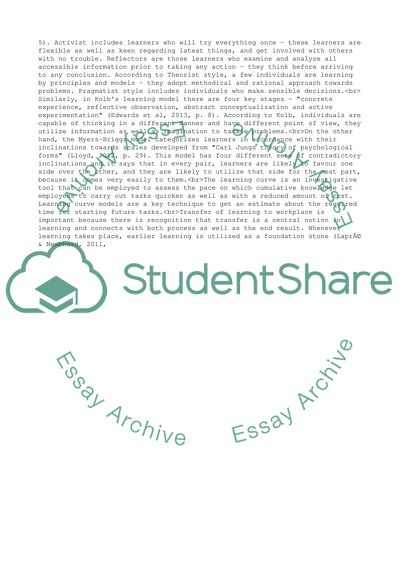Cite this document
(“Unit 23 Human Resources Development - Level 5 Human Resources Essay”, n.d.)
Unit 23 Human Resources Development - Level 5 Human Resources Essay. Retrieved from https://studentshare.org/business/1637952-unit-23-human-resources-development-level-5-human-resources-development
Unit 23 Human Resources Development - Level 5 Human Resources Essay. Retrieved from https://studentshare.org/business/1637952-unit-23-human-resources-development-level-5-human-resources-development
(Unit 23 Human Resources Development - Level 5 Human Resources Essay)
Unit 23 Human Resources Development - Level 5 Human Resources Essay. https://studentshare.org/business/1637952-unit-23-human-resources-development-level-5-human-resources-development.
Unit 23 Human Resources Development - Level 5 Human Resources Essay. https://studentshare.org/business/1637952-unit-23-human-resources-development-level-5-human-resources-development.
“Unit 23 Human Resources Development - Level 5 Human Resources Essay”, n.d. https://studentshare.org/business/1637952-unit-23-human-resources-development-level-5-human-resources-development.


